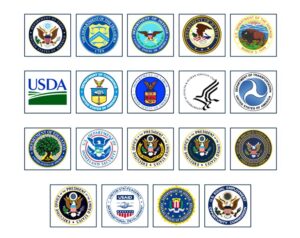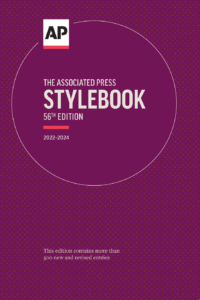The trumped-up urge to cut the size of the federal workforce started as a whim that has been grotesquely distorted into a faux emergency.
If there is evidence that the nation has lost its soul, it is found in the somewhat muted response to mass firings of federal employees who work in our behalf. News of instant dismissals is its own awful spectacle of humiliation, made worse by the fact that it comes from self-satisfied billionaires who seem mostly indifferent to the pain they have created. Images of dismissed workers at USAID are searing. These folks funneled American aid from the American public to some of the poorest of the poor around the world. There is evident depravity in this president’s capacity for dismembering careers and whole government agencies.
The urge to cut the size of the federal workforce –including Veterans Affairs–is yet another whim turned by this administration into a fake emergency. It has gained surprising energy by feeding off of the rancid American habit of sneering at honest wage workers who make our civil society possible. Slow some of the bureaucracies may be. But that is a long way from suggesting that they are unnecessary. We should have been smarter to keep both a felon and a reactionary away from the crown jewels of our best agencies.
“The fundamental weakness of Western civilization is empathy” –Elon Musk
 Our busy lives would not be possible without the millions who work in federal jobs that support the nation’s financial and physical infrastructure. In my own family the Army sort of taught me to swim. I had a grandfather who was a USDA meat inspector, and an uncle who played his part in building the mammoth Roberts Tunnel that carries water 23 miles under the continental divide to cities on the eastern side of the Rockies. He was especially proud of the huge working models of western dams at the Bureau of Reclamation’s labs at Denver’s Federal Center. We westerners were well aware that life itself was not sustainable without the many high desert water and power projects managed by the federal government.
Our busy lives would not be possible without the millions who work in federal jobs that support the nation’s financial and physical infrastructure. In my own family the Army sort of taught me to swim. I had a grandfather who was a USDA meat inspector, and an uncle who played his part in building the mammoth Roberts Tunnel that carries water 23 miles under the continental divide to cities on the eastern side of the Rockies. He was especially proud of the huge working models of western dams at the Bureau of Reclamation’s labs at Denver’s Federal Center. We westerners were well aware that life itself was not sustainable without the many high desert water and power projects managed by the federal government.
Public employees work to sustain the nation’s fragile forests, national parks and vast tracts of land, often with backhanded asides about “lazy” federal workers. In the nation’s twisted values, we are supposed to honor the darlings of the American economy that flood us with useless things that they have imported from China. Many are kept watered and overfed in order to keep investors happy with our top-heavy consumer economy. By comparison, public employees should have our respect for laboring to do essential things like help keep the lights on.
When we step into an airplane to start a trip we rightly assume that the FAA has assured that we will safely step off at the other end, no worse for the experience. Similarly, we expect to be able to travel at freeway speeds because we benefit from carefully engineered highways. Like all cars, Musk’s overpriced Teslas require federally funded Geotech engineers that give cars their value. We also expect federal inspectors to notice unsafe bridges, accurately determine the airworthiness of airplanes and their pilots, and to coordinate electronic superhighways that are licensed to accommodate wireless messaging.
 If you live long enough, you probably will owe your life to the U.S. National Transportation Safety Board, which investigates every major transportation accident, vowing that a known cause will only happen once. The learning curve of this federal board has helped to make flying safer than walking.
If you live long enough, you probably will owe your life to the U.S. National Transportation Safety Board, which investigates every major transportation accident, vowing that a known cause will only happen once. The learning curve of this federal board has helped to make flying safer than walking.
A federal worker has probably helped you get federally-backed insurance, or worked to insure your health through their research at the National Institutes of Health. We depend on others at NOAA, the Food and Drug Administration, and the many other federal agencies that have extended our lives. These folks do their work without seeking the spotlight: They usually don’t strut around in suits and ridiculous trucker’s hats to pretend they are from working world.
We should not be surprised to witness Donald Trump still treating working men and women badly. Readers may recall that decades ago he developed, furnished, and eventually bankrupted several Atlantic City casinos. In 1989 one small family-owned music store delivered new pianos to the Taj Mahal Casino worth $100,000, and was promptly stiffed. After signing a contract for the full amount, Trump claimed he could only pay $70,000, forcing Hightstown’s Mike Diehl to take a $30,000 loss. It was the first and only time in 30 years that Diehl had a client who abused his trust. In retrospect it was one of what has become a whole series of grifts, including four additional bankruptcies and 34 felony convictions, all signaling his misanthropy.
![]()

 And for keeping the same geographical label, the Associated Press was suddenly barred from full access to the White House.
And for keeping the same geographical label, the Associated Press was suddenly barred from full access to the White House.